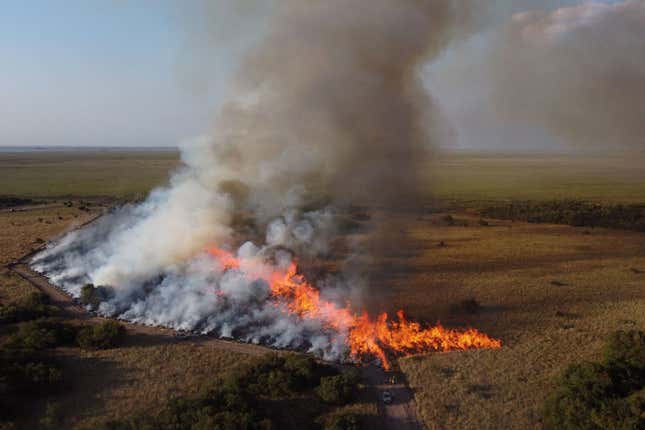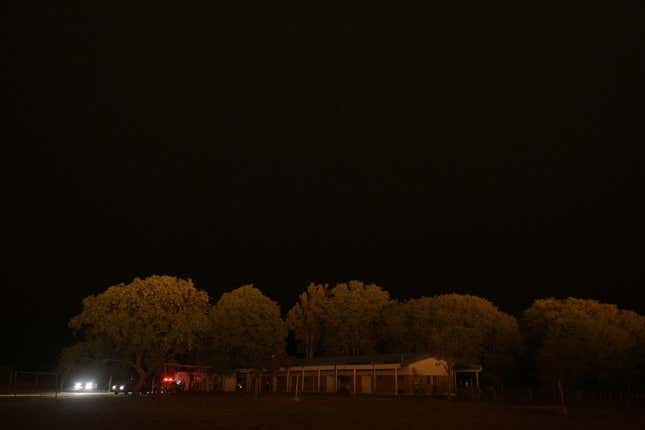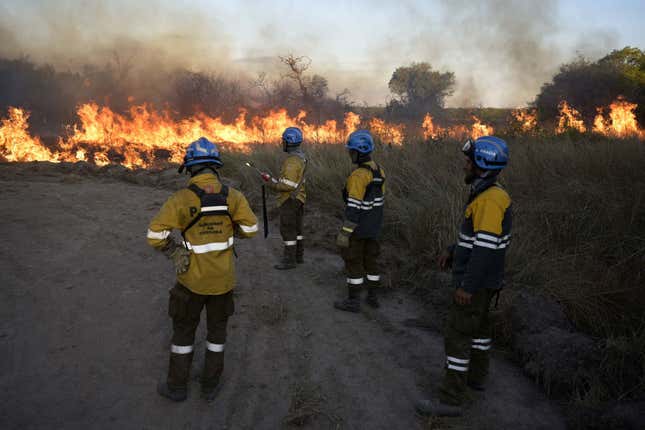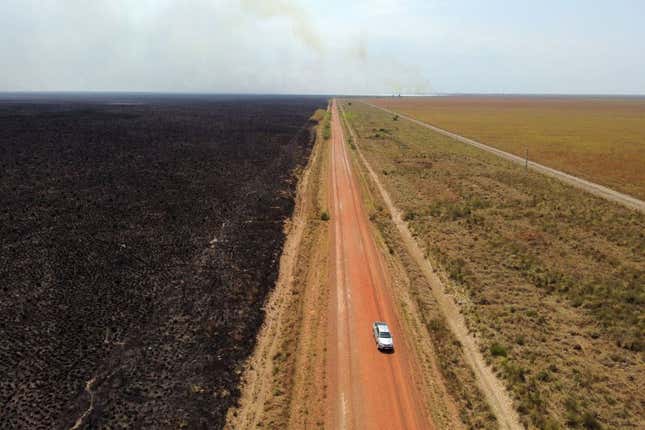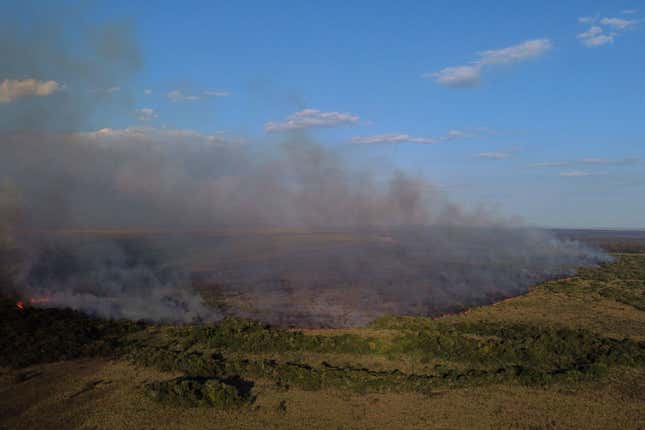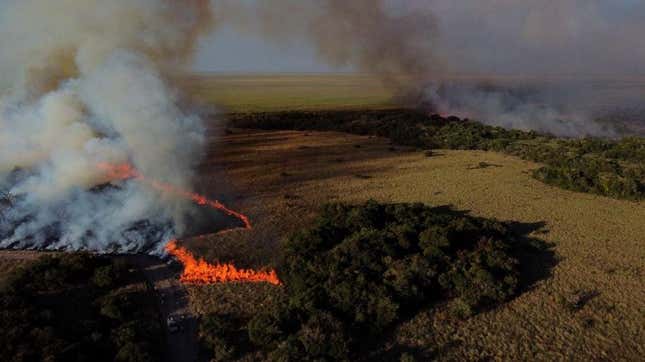
Argentina is on fire. For weeks, firefighters have battled the flames that have burned some 800,000 hectares in total, with about 30,000 hectares burning each day, Al Jazeera reported.
Wildfires are on the rise worldwide as fire seasons start earlier and last longer. Frequently occurring droughts and hotter heat waves are also reaching more populations, which means fires like the one currently spreading in Argentina are expected to become more frequent within just the next few years.
According to a report from the United Nations, extreme fires could possibly rise by almost 15% by 2030, and by about 30% by 2050. The frequency of fires could increase as much as 50% by the end of this century, the report said.
Here are some facts and photos of the quickly spreading fire currently raging in Argentina.
